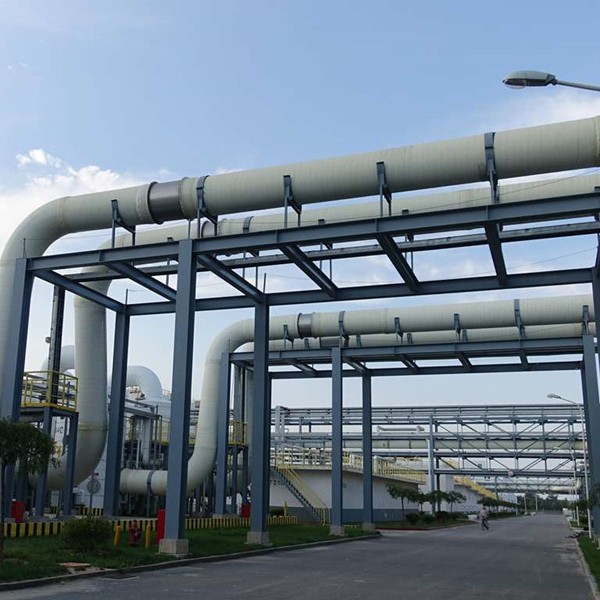
-
 Afrikaans
Afrikaans -
 Albanian
Albanian -
 Amharic
Amharic -
 Arabic
Arabic -
 Armenian
Armenian -
 Azerbaijani
Azerbaijani -
 Basque
Basque -
 Belarusian
Belarusian -
 Bengali
Bengali -
 Bosnian
Bosnian -
 Bulgarian
Bulgarian -
 Catalan
Catalan -
 Cebuano
Cebuano -
 China
China -
 China (Taiwan)
China (Taiwan) -
 Corsican
Corsican -
 Croatian
Croatian -
 Czech
Czech -
 Danish
Danish -
 Dutch
Dutch -
 English
English -
 Esperanto
Esperanto -
 Estonian
Estonian -
 Finnish
Finnish -
 French
French -
 Frisian
Frisian -
 Galician
Galician -
 Georgian
Georgian -
 German
German -
 Greek
Greek -
 Gujarati
Gujarati -
 Haitian Creole
Haitian Creole -
 hausa
hausa -
 hawaiian
hawaiian -
 Hebrew
Hebrew -
 Hindi
Hindi -
 Miao
Miao -
 Hungarian
Hungarian -
 Icelandic
Icelandic -
 igbo
igbo -
 Indonesian
Indonesian -
 irish
irish -
 Italian
Italian -
 Japanese
Japanese -
 Javanese
Javanese -
 Kannada
Kannada -
 kazakh
kazakh -
 Khmer
Khmer -
 Rwandese
Rwandese -
 Korean
Korean -
 Kurdish
Kurdish -
 Kyrgyz
Kyrgyz -
 Lao
Lao -
 Latin
Latin -
 Latvian
Latvian -
 Lithuanian
Lithuanian -
 Luxembourgish
Luxembourgish -
 Macedonian
Macedonian -
 Malgashi
Malgashi -
 Malay
Malay -
 Malayalam
Malayalam -
 Maltese
Maltese -
 Maori
Maori -
 Marathi
Marathi -
 Mongolian
Mongolian -
 Myanmar
Myanmar -
 Nepali
Nepali -
 Norwegian
Norwegian -
 Norwegian
Norwegian -
 Occitan
Occitan -
 Pashto
Pashto -
 Persian
Persian -
 Polish
Polish -
 Portuguese
Portuguese -
 Punjabi
Punjabi -
 Romanian
Romanian -
 Russian
Russian -
 Samoan
Samoan -
 Scottish Gaelic
Scottish Gaelic -
 Serbian
Serbian -
 Sesotho
Sesotho -
 Shona
Shona -
 Sindhi
Sindhi -
 Sinhala
Sinhala -
 Slovak
Slovak -
 Slovenian
Slovenian -
 Somali
Somali -
 Spanish
Spanish -
 Sundanese
Sundanese -
 Swahili
Swahili -
 Swedish
Swedish -
 Tagalog
Tagalog -
 Tajik
Tajik -
 Tamil
Tamil -
 Tatar
Tatar -
 Telugu
Telugu -
 Thai
Thai -
 Turkish
Turkish -
 Turkmen
Turkmen -
 Ukrainian
Ukrainian -
 Urdu
Urdu -
 Uighur
Uighur -
 Uzbek
Uzbek -
 Vietnamese
Vietnamese -
 Welsh
Welsh -
 Bantu
Bantu -
 Yiddish
Yiddish -
 Yoruba
Yoruba -
 Zulu
Zulu
drill rod connections understanding the basics and its ...
Understanding Drill Rod Connections The Basics
Drill rod connections play a pivotal role in the drilling industry, serving as the vital link between the various components of a drilling system. Understanding these connections is essential for ensuring the efficiency, safety, and overall performance of drilling operations.
Drill rods, also known as drill pipes, are long, tubular structures that transmit rotational force and hydraulic pressure from the surface equipment to the drill bit. Connections between these rods are crucial because they must withstand high levels of stress and torque while maintaining a tight seal to prevent fluid loss.
There are several types of connections used in drill rods, each with distinct advantages and disadvantages. The most common types include threaded connections, quick connections, and welded connections.
1. Threaded Connections These are the most traditional and widely used type of connections. They are usually made by screwing the rods together, forming a robust mechanical bond. Threaded connections can be easily assembled and disassembled, making them ideal for frequent drilling operations. However, they require careful maintenance and inspection to prevent wear and tear on the threads over time.
drill rod connections understanding the basics and its ...

2. Quick Connections As the name implies, quick connections allow for faster assembly and disassembly of drill rods. These connections typically use a locking mechanism, enabling operators to switch out rods with minimal downtime. While quick connections can significantly enhance operational efficiency, they may not provide the same level of torque resistance as threaded connections, making them suitable for specific applications rather than general use.
3. Welded Connections Welding rods together offers the highest strength and integrity in the connection. Welded joints can handle extreme pressures and are less susceptible to loosening under stress. However, they lack the versatility of threaded or quick connections, as they cannot be easily separated once welded. This limitation can lead to longer downtime during maintenance and repairs.
In addition to the types of connections, the choice of materials is also vital. Drill rods are typically made from high-strength steel or other durable metals that can withstand harsh drilling environments.
In summary, understanding the basics of drill rod connections is essential for any drilling professional. The choice of connection type impacts not only the efficiency of the drilling operation but also its safety and longevity. By selecting the right connection and maintaining it properly, drilling teams can optimize their operations and achieve better results in the field.
Latest news
-
Exploring the Benefits of Top Hammer Drifter Rods for Enhanced Drilling PerformanceNewsJun.10,2025
-
High-Precision Fiberglass Winding Machine for GRP/FRP Pipe Production – Reliable & Efficient SolutionsNewsJun.10,2025
-
FRP Pipes & Fittings for Shipbuilding - Corrosion-Resistant & LightweightNewsJun.09,2025
-
Premium FRP Flooring Solutions Durable & Slip-ResistantNewsJun.09,2025
-
Premium Fiberglass Rectangular Tanks Durable & Lightweight SolutionNewsJun.09,2025
-
Tapered Drill String Design Guide Durable Performance & UsesNewsJun.09,2025









